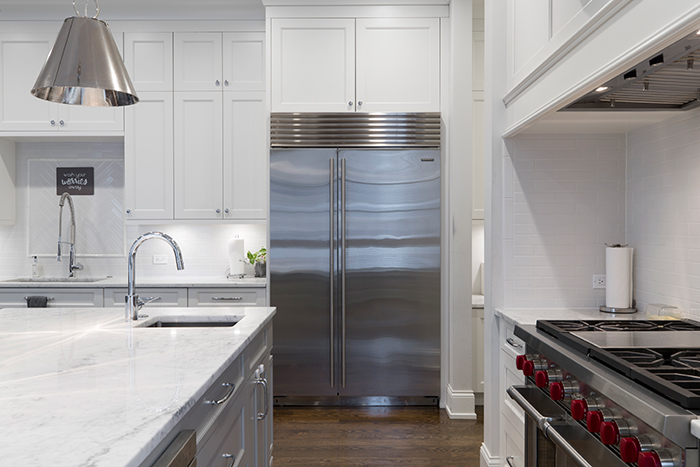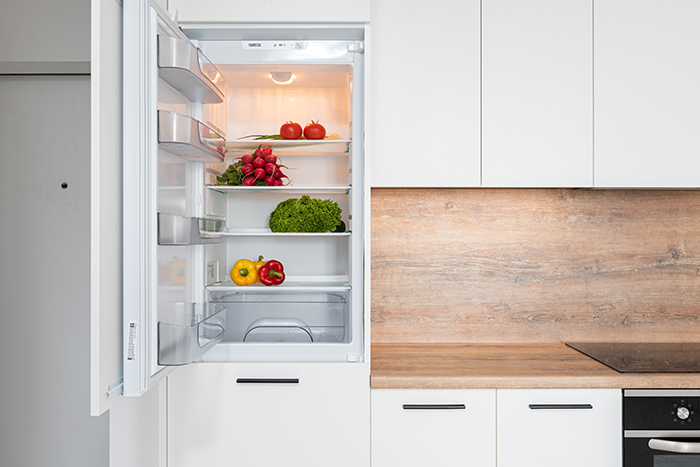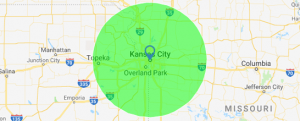How to Clean Condenser Coils on Your Freezer
 Having a working freezer is important for keeping your food and groceries stored safely. Unfortunately, freezers can sometimes develop problems that can quickly turn into major issues if left unaddressed. One of the most common problems with freezers is clogged condenser coils, which are responsible for releasing the heat created by the interior motor.
Having a working freezer is important for keeping your food and groceries stored safely. Unfortunately, freezers can sometimes develop problems that can quickly turn into major issues if left unaddressed. One of the most common problems with freezers is clogged condenser coils, which are responsible for releasing the heat created by the interior motor.
If you’re looking to take matters into your own hands when it comes to DIY freezer repair, the first step is knowing how to clean condenser coils on a freezer correctly. Read on to learn all about this essential process, as well as different tips and tricks for getting rid of dirt and debris build-up that could harm your kitchen appliance!
Need expert refrigerator repair in St. Louis or Kansas City? Call Diamond Appliance today.
Understanding Condenser Coils
Condenser coils are an integral part of a refrigerator or freezer. They are responsible for moving heat away from your food and keeping the internal temperatures at a safe level. The coils, which are typically located on the back or bottom of the appliance, can become clogged with dust and other particles, reducing their effectiveness and leading to higher running costs.
The main cause of clogged condenser coils is dust buildup resulting from neglecting regular maintenance. This can be a particular problem if you don’t clean the back or bottom of your appliance regularly, as any dust or debris here will eventually be drawn into the condenser coils. Another common cause is pet hair, which can get caught in the coils and act as insulation against cooling airflow.
Fortunately, cleaning condenser coils is simple and easy to do. If you’re ready for a simple DIY project, here are the steps to clean the condenser coils on your freezer:
Step 1: Shut off the Freezer and Unplug It
Before attempting any repairs or maintenance, shut off the freezer and unplug it from the wall socket or power source. This ensures that no electricity is flowing through the appliance while you’re working on it.
Step 2: Remove the Back Panel of the Freezer
Once you have unplugged the freezer, locate the back panel of your appliance and remove it with a screwdriver. Make sure that you don’t lose any screws in this step! Once the back panel is gone, the condenser coils will be exposed.
Step 3: Use a Vacuum Cleaner to Remove Dirt, Dust, and Debris
Use a vacuum cleaner with an appropriate attachment to remove any dirt, dust, or debris from the coils. To make sure you get everything out, move your vacuum cleaner slowly and carefully across each coil several times.
Step 4: Replace Back Panel of the Freezer and Plug it Back In
Put everything back together once you’re done cleaning — replace the back panel of your freezer with a few screws and plug it into its power source again.
Step 5: Turn on Freezer and Wait for Cooling Down
Turn on your freezer switch again after everything is put back together correctly, then wait for it to start cooling down before moving onto making sure there aren’t any ice buildups on your coils.
Step 6: Check for Ice Buildup – If There Is Melt Away with a Hair Dryer
If you notice that there are some ice build-ups along your condenser coils after waiting for a few minutes, use a hair dryer to melt them away instead of using other tools or implements like knives.
Other Ways to Avoid Freezer Issues
 Here are some additional tips for avoiding freezer issues:
Here are some additional tips for avoiding freezer issues:
- Check the temperature setting often. Keeping the freezer at proper temperatures (typically between 0 and 8 degrees Fahrenheit) is essential for keeping food at safe temperatures and running your appliance efficiently.
- Clean any spills as soon as possible. Any liquid in your freezer can cause it to malfunction and not run properly, so make sure to clean up any spills right away.
- Make sure the seals on your door are intact. Over time, the seals around your doors may start to wear down or break, leading to inefficient cooling and extra ice buildup inside your appliance. Make sure that you check them regularly and replace them if necessary.
- Move food away from cold air vents. Cold air needs space to circulate through your freezer, so make sure that you’re moving containers of food away from any cold air vents in order to ensure optimal cooling performance.
Everyone has experienced the stress of a broken-down freezer, but there are simple steps you can take to maintain optimal performance. Condenser coils need to be regularly cleaned to keep your freezer running optimally. You should clean your condenser coils at least once a year to keep them in good condition and prevent ice buildup. If you need help with this project, call Diamond Appliance today for expert freezer repair in St. Louis, Kansas City, and nearby communities. We’ll be happy to lend a hand so you can keep your freezer running smoothly.




